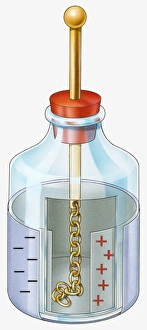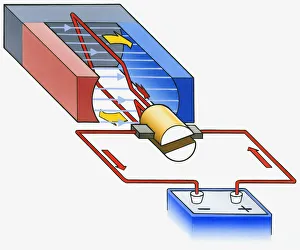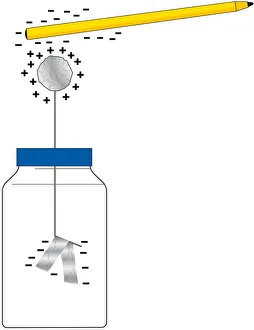Minus Sign Collection
Exploring the mysterious world of electricity, let's delve into the significance of the humble minus sign
All Professionally Made to Order for Quick Shipping
Exploring the mysterious world of electricity, let's delve into the significance of the humble minus sign. From the Leyden jar, where static electricity is stored in a metal chain and separated into positive and negative charges (Illustration 1), to the simple electric motor that converts electrical energy into mechanical motion using the interaction between positive and negative charges (Illustration 2), the minus sign plays a crucial role. Capacitors, electronic components that store and release electrical energy, also rely on the existence of positive and negative charges to function (Illustration 3). In the realm of electrochemistry, the minus sign denotes the flow of electrons, the fundamental unit of charge (Digital illustration 2). The Whetstone of Witte, an early mathematical text by the English mathematician Robert Recorde, introduced the modern usage of the minus sign as a symbol for subtraction (The Whetstone of Witte C015 / 5715, 5714). Fast forward to the present day, and the minus sign continues to be an essential tool in our understanding and manipulation of electricity, from the workings of batteries (Battery) to the subtle dance of electrostatic induction demonstrated by an electroscope and a ballpoint pen (Digital illustration 1).








